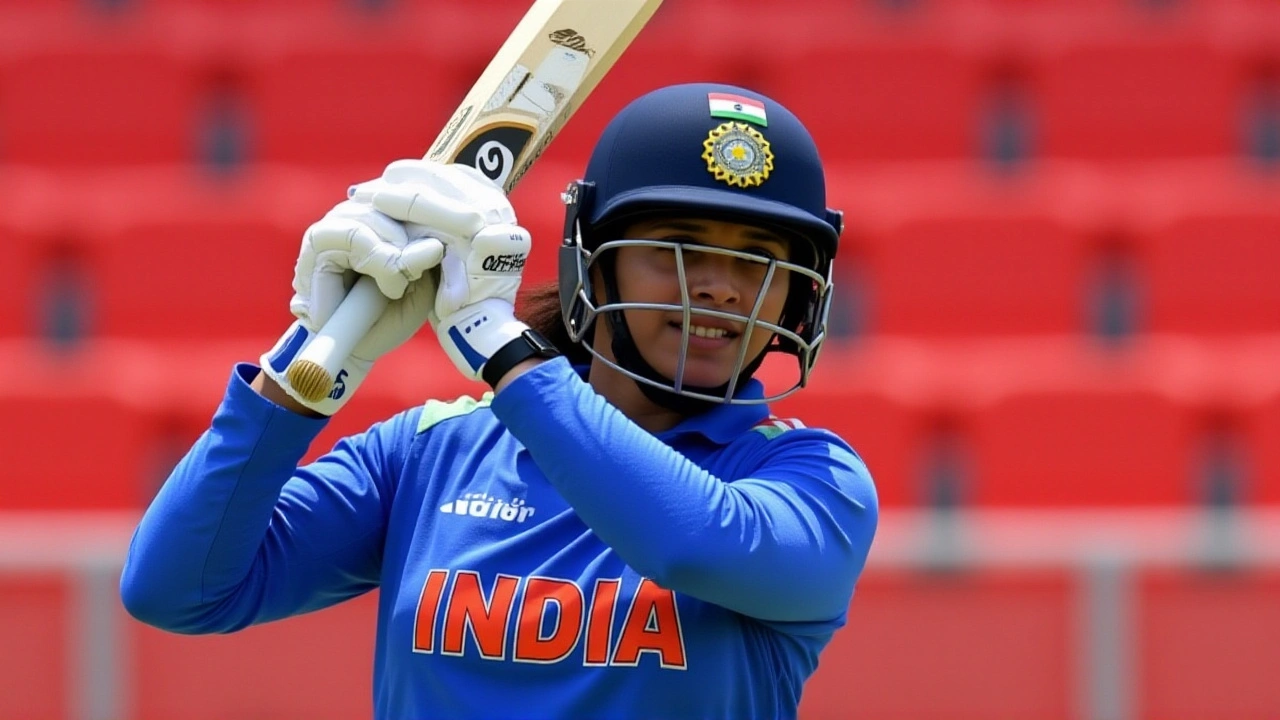India Women Bowl Out Sri Lanka in World Cup Opener, Win by 59 Runs
India Women clinched a 59‑run DLS‑adjusted win over Sri Lanka in the Women's ODI World Cup 2025 opener, boosting group‑stage hopes and extending their 16‑4 head‑to‑head advantage.
When working with DLS method, a technique that uses fluctuations in scattered light to determine particle size and molecular weight in liquids. Also known as Dynamic Light Scattering, it helps scientists and engineers characterize nanoparticles, polymers, and colloids quickly.
The Particle size distribution, the spread of particle diameters measured by the DLS method is the primary output you’ll see on a report. Knowing that distribution lets you predict how a formulation will behave – for example, whether a drug suspension will stay stable or settle out. The DLS method requires a coherent laser source, a temperature‑controlled sample holder, and a detector that captures the intensity‑time autocorrelation function. In plain terms, the laser shines on the sample, particles jiggle in the liquid, the scattered light flickers, and the software turns those flickers into size numbers. This workflow is why the DLS method ↔ requires ↔ light scattering equipment, and why accurate temperature control ↔ influences ↔ measurement precision. If you’re tracking nanoparticles for a cosmetics product, the method also feeds into Nanoparticle characterization, the broader set of tests that define shape, surface charge, and composition, giving you a full picture of performance.
Typical use‑cases include quality‑control labs that need fast turnaround, R&D teams probing polymer aggregation, and academic groups studying protein folding. Because the DLS method analyzes particles in the 1 nm‑to‑1 µm range, it shines for sub‑micron work but can mislead if large aggregates dominate the signal. That’s why many practitioners pair DLS with complementary techniques like electron microscopy or analytical centrifugation. A solid rule of thumb: if your sample is monodisperse (all particles about the same size), DLS gives reliable numbers; if it’s polydisperse, interpret the intensity‑weighted results carefully or run a dilution series. The method also benefits from clean cuvettes and filtered solvents – any dust will scatter light and inflate the size readout.
In the collection below you’ll find stories that touch on the DLS method from several angles. Some articles explain how the technique underpins crypto‑related hardware security, others show how sports‑medicine labs use it to monitor inflammatory markers, and a few dive into climate‑research settings where particle‑size data inform aerosol models. No matter your field, the core idea stays the same: shine light, watch the scatter, and turn the pattern into useful numbers. Browse the list to see real‑world examples, tips for troubleshooting, and the latest advances that keep the DLS method a go‑to tool for anyone who needs to size the invisible.

India Women clinched a 59‑run DLS‑adjusted win over Sri Lanka in the Women's ODI World Cup 2025 opener, boosting group‑stage hopes and extending their 16‑4 head‑to‑head advantage.